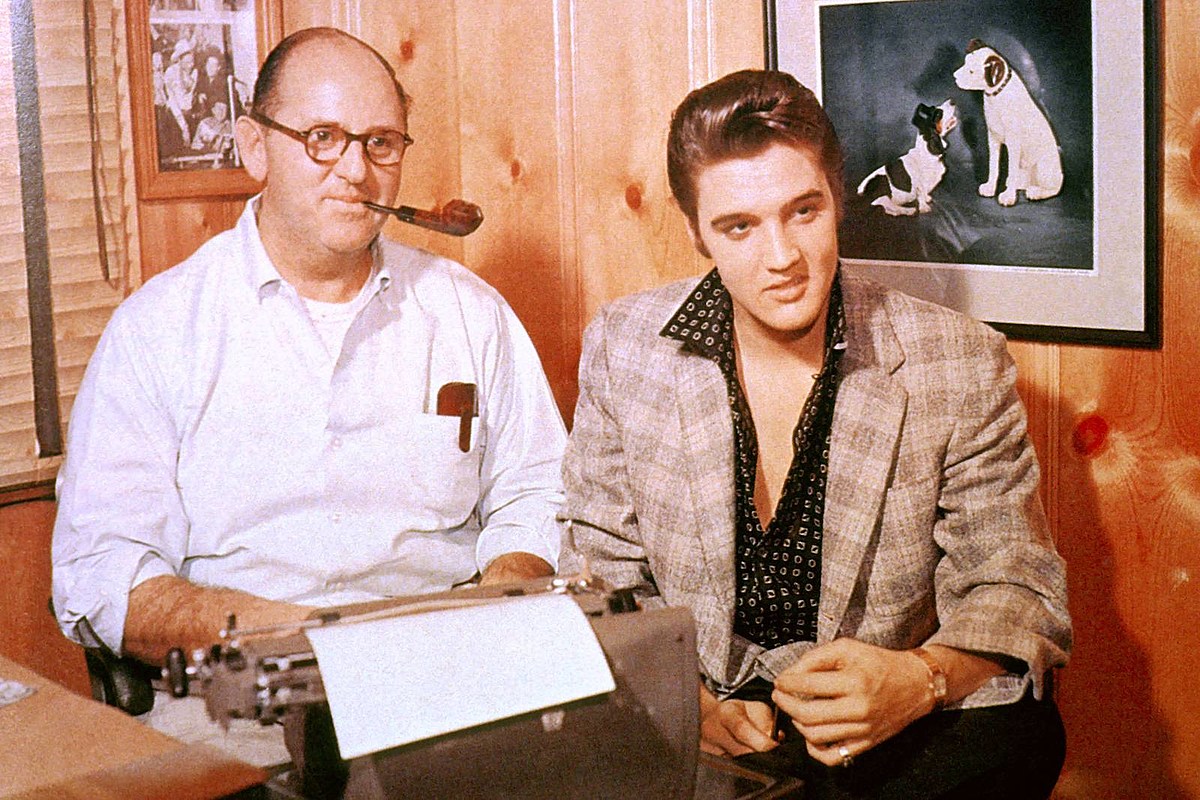In the annals of entertainment history, few names shine as brightly as that of Fred Astaire. A maestro of dance, a master of movement, and an icon of elegance, Fred Astaire transcended the boundaries of his era, leaving an indelible mark on the world of entertainment. Born in 1899 and passing away in 1987, Fred Astaire's career spanned over seven decades, during which he dazzled audiences with his mesmerizing dance routines, charming demeanor, and effortless style. This article explores the life, career, and enduring legacy of the man who, quite literally, danced his way into the hearts of millions.
(Watch the video below)
-1691381143.jpg)
Early Life and Entry into Show Business

Fred Astaire was born on May 10, 1899, in Omaha, Nebraska, as Frederick Austerlitz. He came from a family of performers; his parents ran a vaudeville touring act, and his sister Adele was his first dance partner. From a young age, Astaire was immersed in the world of entertainment, and his family's travels exposed him to a variety of performing styles.
Astaire's journey to stardom began in 1905 when he and his sister joined their parents' act. The Austerlitz family performed in vaudeville circuits across the United States, showcasing young Fred's natural talent and love for dance. It was during these early years that Astaire honed his skills, developing a unique style that would later define his career.
Partnership with Adele Astaire

Astaire's early career was closely intertwined with his sister Adele. The two siblings formed a dynamic duo, known for their impressive dance routines and chemistry on stage. Together, they gained popularity in vaudeville and musical theater. Their breakout success came with the Broadway show "Lady, Be Good!" in 1924, which marked the beginning of their meteoric rise to fame.
Astaire and Adele's partnership was characterized by their exceptional synchronization, seamless movements, and charming performances. Their unique blend of comedy, song, and dance endeared them to audiences worldwide. However, as Adele decided to retire from performing in the mid-1930s to pursue married life, Fred Astaire faced a pivotal moment in his career.
Hollywood Stardom and Dance Legacy

After his partnership with Adele ended, Fred Astaire embarked on a journey that would establish him as a Hollywood legend. In 1933, he signed a contract with RKO Pictures, leading to his iconic pairing with Ginger Rogers. The duo starred in a series of musical films that showcased their exceptional chemistry and dynamic dance routines.
Astaire's dancing style was characterized by its smoothness, precision, and innovation. He introduced a new level of athleticism to dance while maintaining an effortless elegance. Astaire's collaborations with choreographers such as Hermes Pan led to groundbreaking routines that seamlessly blended tap, ballroom, and contemporary dance styles.
Filmography and Legacy

Fred Astaire's filmography boasts an impressive array of musicals that have become timeless classics. His performances in movies like "Top Hat" (1935), "Swing Time" (1936), and "Follow the Fleet" (1936) not only showcased his dancing prowess but also solidified his reputation as a charismatic leading man.
One of the defining elements of Astaire's performances was his ability to make even the most complex routines look effortless. His commitment to perfection and dedication to practice were evident in every step he took. Astaire's charm and ability to convey emotion through dance allowed him to connect with audiences on a profound level.
Innovative Techniques and Impact

Fred Astaire's contributions to dance extended beyond his performances on screen. He introduced innovative techniques that revolutionized the art form and inspired future generations of dancers. His use of different camera angles, long takes, and innovative choreography broke down the boundaries between dance and film, creating a visual spectacle that was both captivating and immersive.
Astaire's influence can be seen in the work of numerous dancers and choreographers who followed in his footsteps. His impact on popular culture is immeasurable, as his style and grace continue to resonate in contemporary dance and entertainment.
Personal Life and Honors

Astaire's personal life was marked by his dedication to his craft, his love for his family, and his pursuit of excellence. He was known for his humility, professionalism, and perfectionism. His marriage to Phyllis Potter in 1933 was a testament to his commitment to building a stable family life amidst his demanding career.
Throughout his career, Astaire received numerous accolades and honors, including an Academy Award for his contributions to film and entertainment. He remained a beloved figure in the public eye, admired for his talents and respected for his integrity.
Legacy and Lasting Impact
-1691381565x1024.jpg)
Fred Astaire's legacy is etched in the annals of entertainment history. His name is synonymous with dance and elegance, and his impact on the world of performing arts is immeasurable. Astaire's influence transcends generations, as his performances continue to inspire dancers, actors, and audiences worldwide.
His legacy also extends beyond dance; Astaire's dedication to his craft and his ability to reinvent himself serve as a testament to the power of passion and perseverance. He proved that innovation and excellence are the cornerstones of a lasting and impactful career.
Conclusion

Fred Astaire's life and career are a testament to the transformative power of dance and entertainment. From his early days as a child performer to his Hollywood stardom, Astaire's journey was characterized by passion, innovation, and an unwavering commitment to his art.
His legacy lives on through his timeless films, influential dance techniques, and the enduring impact he has had on the world of performing arts. Fred Astaire remains an inspiration to those who strive for excellence, elegance, and a profound connection with audiences through the art of dance.



